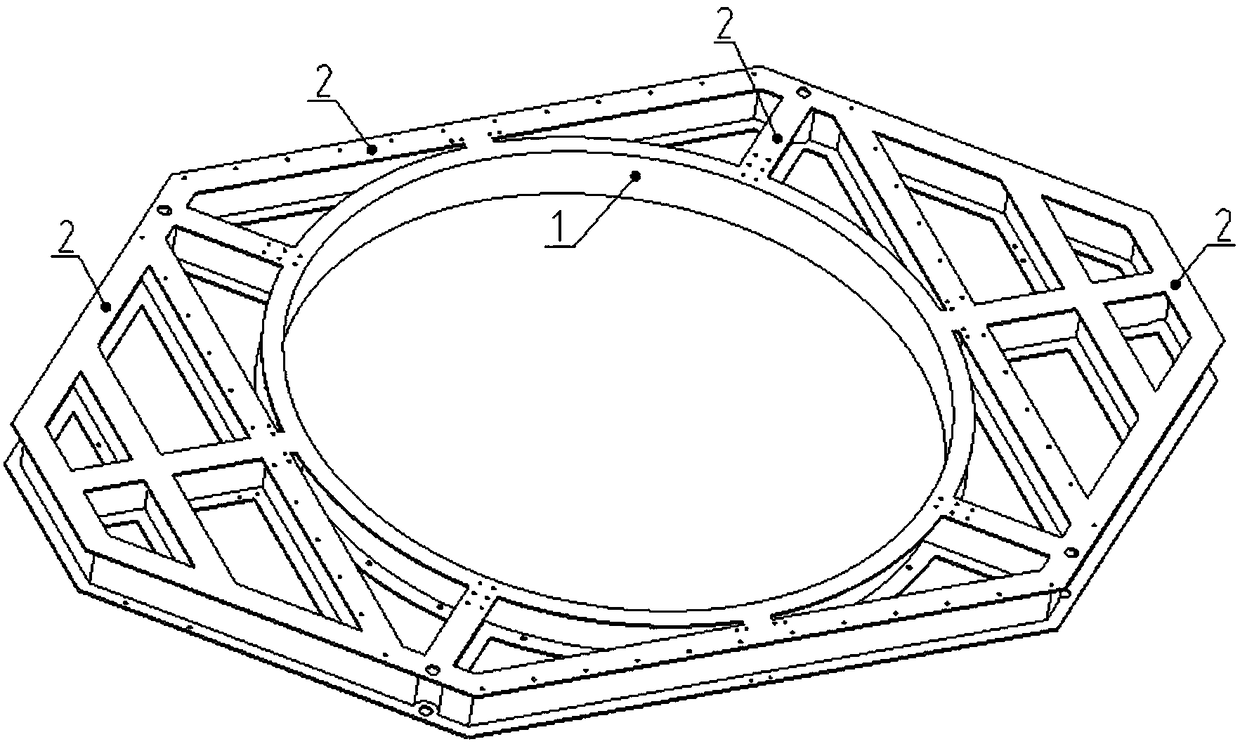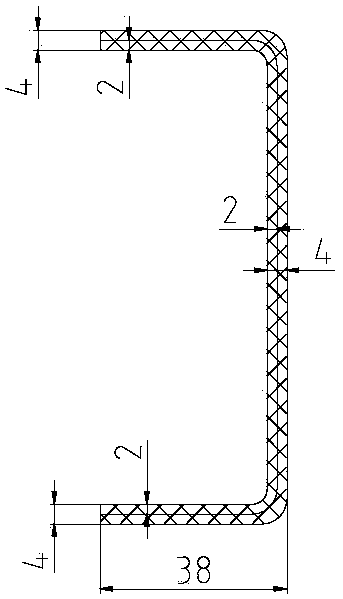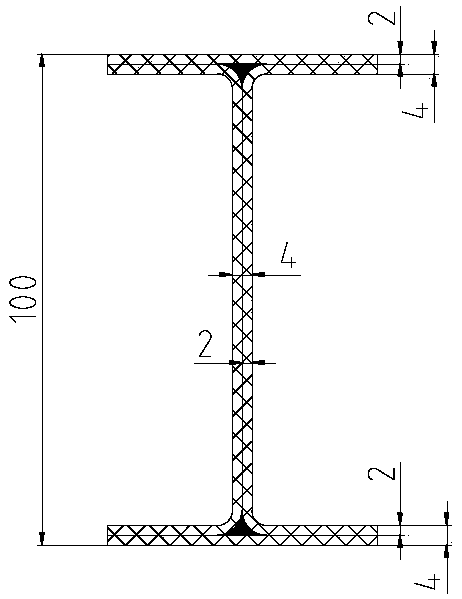A method for generating a payload adaptation structure for a satellite system
A technology for adapting structures and satellite systems, which is applied to space navigation equipment, space navigation vehicles, space navigation equipment, etc., and can solve problems such as unrealized effects, low load-bearing mass ratio, and failure to exert composite structural performance.
- Summary
- Abstract
- Description
- Claims
- Application Information
AI Technical Summary
Problems solved by technology
Method used
Image
Examples
Embodiment Construction
[0025] In the following, the present invention will be further elaborated by taking the load adaptation structure for carrying cameras and star sensors on a certain satellite as an example in conjunction with the accompanying drawings.
[0026] The load-bearing and thermal stability design of the load-adapted structure is realized by combining the configuration with the lay-up design:
[0027] The camera carrying area is located in the attached figure 1 The middle annular part 1 shown is a "C-shaped beam" structure, and holes are opened on the wing plate of the beam to provide a connection interface; the bearing area and structural connection points of the star sensor are all located in the "I-shaped beam" around the round frame 2, as attached figure 1 As shown, holes are made on the flanges of the beams to provide connection interfaces; through the method of finite element analysis, the simulation analysis is carried out for the two-dimensional dimensional stability in the p...
PUM
 Login to View More
Login to View More Abstract
Description
Claims
Application Information
 Login to View More
Login to View More - R&D
- Intellectual Property
- Life Sciences
- Materials
- Tech Scout
- Unparalleled Data Quality
- Higher Quality Content
- 60% Fewer Hallucinations
Browse by: Latest US Patents, China's latest patents, Technical Efficacy Thesaurus, Application Domain, Technology Topic, Popular Technical Reports.
© 2025 PatSnap. All rights reserved.Legal|Privacy policy|Modern Slavery Act Transparency Statement|Sitemap|About US| Contact US: help@patsnap.com



